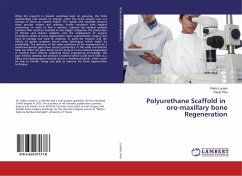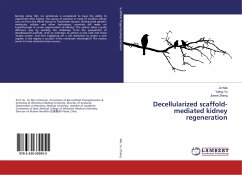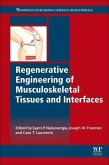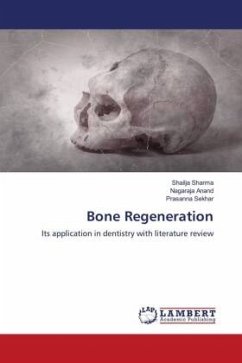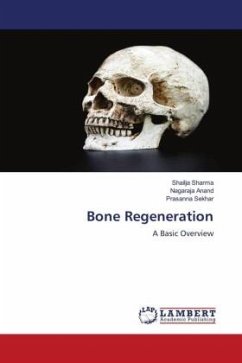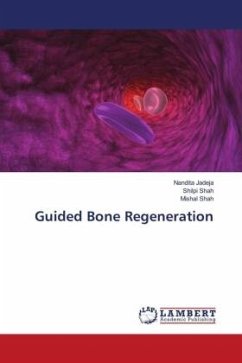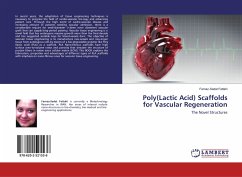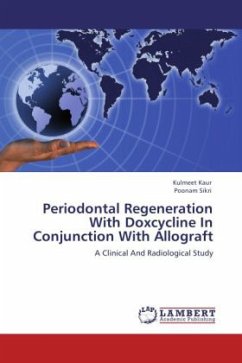While the research in implant prosthesis kept on growing, the limits implantology had started to emerge: often the bone amount was not enough to insert an implant fixture. The maxilla and mandible features show peculiar shapes and volumes, hardly consistent with implant positioning. In order to find a solution, research has studied multiple solutions that could be included in two bigger categories: the production of thinner and shorter implants, and the employment of surgical techniques aimed at bone regeneration. Bone augmentation surgery was hard to manage and hard to undergo. In years the research and the efforts of greats surgeons found some techniques, which might be predictable. The discovery of the wide usefulness of the employment of a membrane-barrier gave more success guarantees. In this wide and delicate field, our effort has been driven to the study of a new material employable in treating bone defects, exploiting tissue engineering knowledge. We have tried to developand produce a material which could work both as a filling and keeping-space material and as a membrane-barrier, which could be easy to handle, cheap and able to improve the bone regeneration technique.
Bitte wählen Sie Ihr Anliegen aus.
Rechnungen
Retourenschein anfordern
Bestellstatus
Storno

